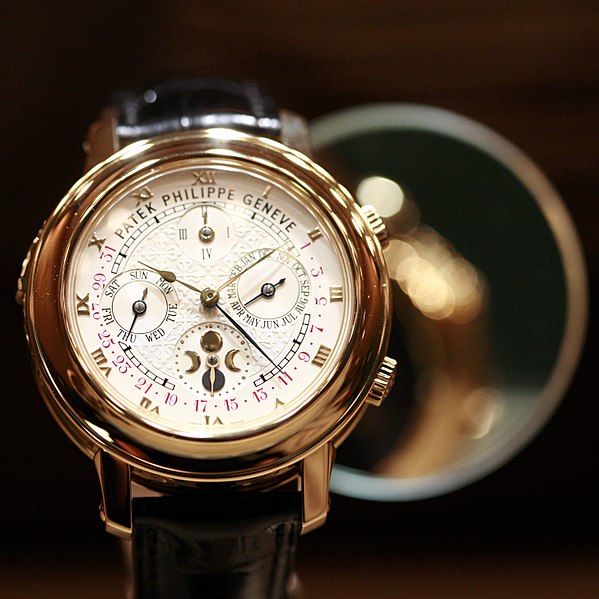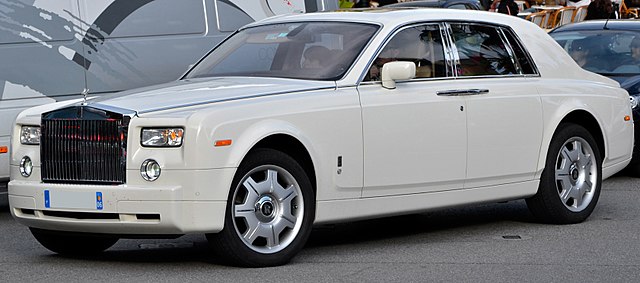In economics, a luxury good is a good for which demand increases more than what is proportional as income rises, so that expenditures on the good become a more significant proportion of overall spending. Luxury goods are in contrast to necessity goods, where demand increases proportionally less than income. Luxury goods is often used synonymously with superior goods.
Wine and foie gras
Secular Rococo luxury or treasure binding for a book, using techniques from the making of gold boxes, in gold, mother of pearl and hardstone, Berlin, 1750–1760. By this time, such lavish bindings were unusual.
The invention of affordable quartz watches caused mechanical watches to become primarily luxury goods.
Luxury car
In economics, a normal good is a type of a good which experiences an increase in demand due to an increase in income, unlike inferior goods, for which the opposite is observed. When there is an increase in a person's income, for example due to a wage rise, a good for which the demand rises due to the wage increase, is referred as a normal good. Conversely, the demand for normal goods declines when the income decreases, for example due to a wage decrease or layoffs.
The graph shows the change in demand for both normal goods and luxury goods due to a change in income. When the income rises from 500 to 700, the quantity demanded for normal goods rises from 800 to 900.





